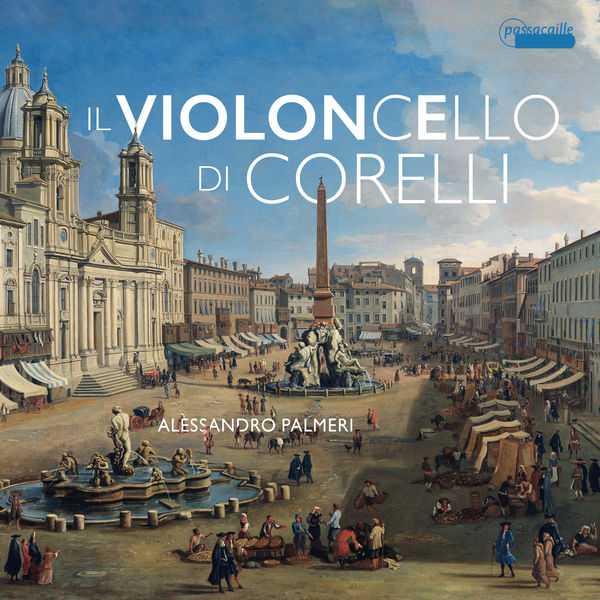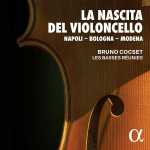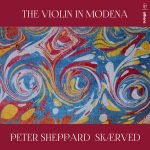

Composer: Giuseppe Gaetano Boni, Giuseppe Colombi, Domenico Gabrielli, Giovanni Lorenzo Lulier, Giovanni Battista Vitali
Performer: Alessandro Palmeri, Riccardo Doni, Takashi Kaketa
Format: FLAC (tracks)
Label: Passacaille
Catalogue: PAS1099
Release: 2021
Size: 522 MB
Recovery: +3%
Scan: yes
01. Vitali: Toccata
02. Vitali: Rugiero
03. Gabrielli: Ricercar No. 6 in G
Lulier: Sonata in F major per il violone solo col basso per l’organo o cembalo
04. I. Presto – Allegro
05. II. Adagio
06. III. Aria
07. Vitali: Capriccio – Passagalli per la lettera E
08. Gabrielli: Ricercar No. 7 in D minor
Boni: Cello Sonata in C major, Op. 1 No. 10
09. I. Largo
10. II. Allegro
11. III. Largo
12. IV. Allegro
13. Vitali: Capriccio sopra otto figure
14. Gabrielli: Ricercar No. 5 in C
15. Colombi: Tromba a Basso solo
Gabrielli: Sonata for cello & basso continuo in G major
16. I. Grave – Adagio – Presto
17. II. (Allegro)
18. III. Largo
19. IV. Presto
20. Gabrielli: Canon à due Violoncelli in D Major
21. Colombi: Ciaccona a basso solo
“Il violoncello di Corelli” leads us to the origins of the solo cello literature – although one should actually use the term violone. In fact, the cello, as we know it today in its standard form, had many different sizes before its current proportions became generally established. Some instruments were larger, and the smaller ones were referred to by the diminutive form of the term violone – hence the word violoncello. And one of these early ‘bigger brothers’ is the main protagonist of this recording: the instrument played by Alessandro Palmeri was built by Simone Cimapane in Rome in 1685. It is a rare testimony to the original size of the violone. It is furthermore a unique instrument because it was used in ensembles in Rome in which Corelli himself played.
Alessandro Palmeri presents a compilation of works from the early solo literature for cello by composers such as Domenico Gabrielli, Giuseppe Pietro Gaetano Boni, Giuseppe Colombi and Giovanni Battista Vitali. The extraordinarily prolific period, both artistically and musically, which prevailed in Emilia Romagna throughout the 17th century, provided the conditions for the creation and development of the cello literature.
The works on this recording mark the transition from the epoch of the violone to the epoch of the violoncello. With them, the cello was ultimately freed from the continuo role to which it had previously been limited.



